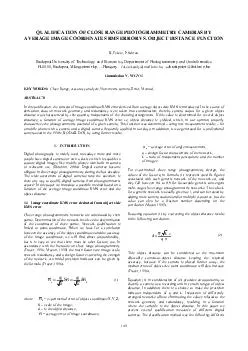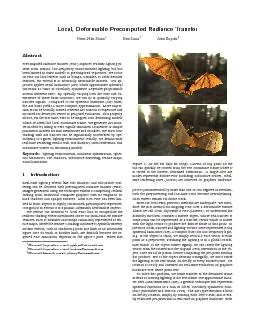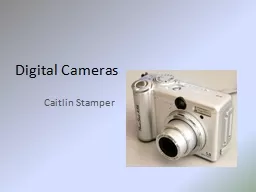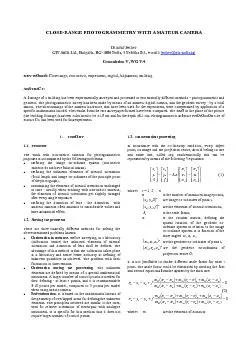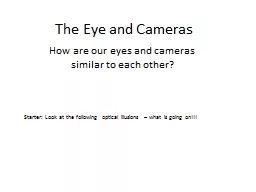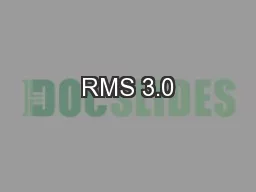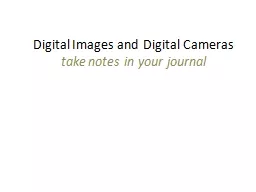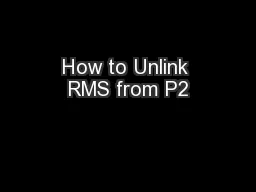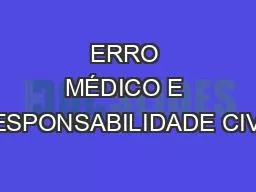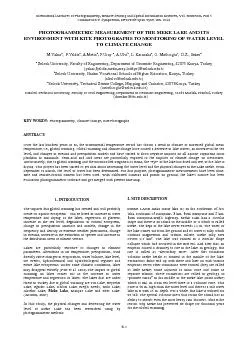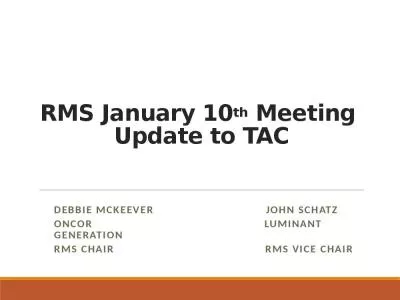PDF-QUALIFICATION OF CLOSE RANGE PHOTOGRAMMETRY CAMERAS BY AVERAGE IMAGE COORDINATES RMS ERRO
Author : kittie-lecroy | Published Date : 2014-12-05
OBJECT DISTANCE FUNCTION Commission V WG V1 KEY WORDS ABSTRACT 1 INTRODUCTION 11 Image coordinate RMS error deducted from object side RMS error V V V 149 brPage
Presentation Embed Code
Download Presentation
Download Presentation The PPT/PDF document "QUALIFICATION OF CLOSE RANGE PHOTOGRAMME..." is the property of its rightful owner. Permission is granted to download and print the materials on this website for personal, non-commercial use only, and to display it on your personal computer provided you do not modify the materials and that you retain all copyright notices contained in the materials. By downloading content from our website, you accept the terms of this agreement.
QUALIFICATION OF CLOSE RANGE PHOTOGRAMMETRY CAMERAS BY AVERAGE IMAGE COORDINATES RMS ERRO: Transcript
Download Rules Of Document
"QUALIFICATION OF CLOSE RANGE PHOTOGRAMMETRY CAMERAS BY AVERAGE IMAGE COORDINATES RMS ERRO"The content belongs to its owner. You may download and print it for personal use, without modification, and keep all copyright notices. By downloading, you agree to these terms.
Related Documents

